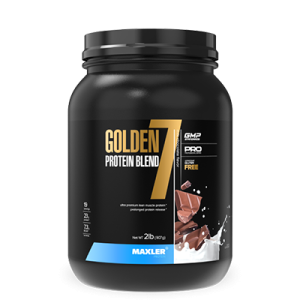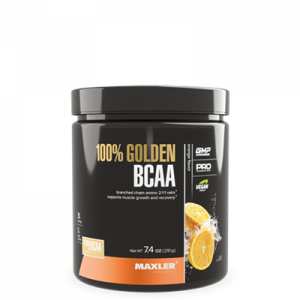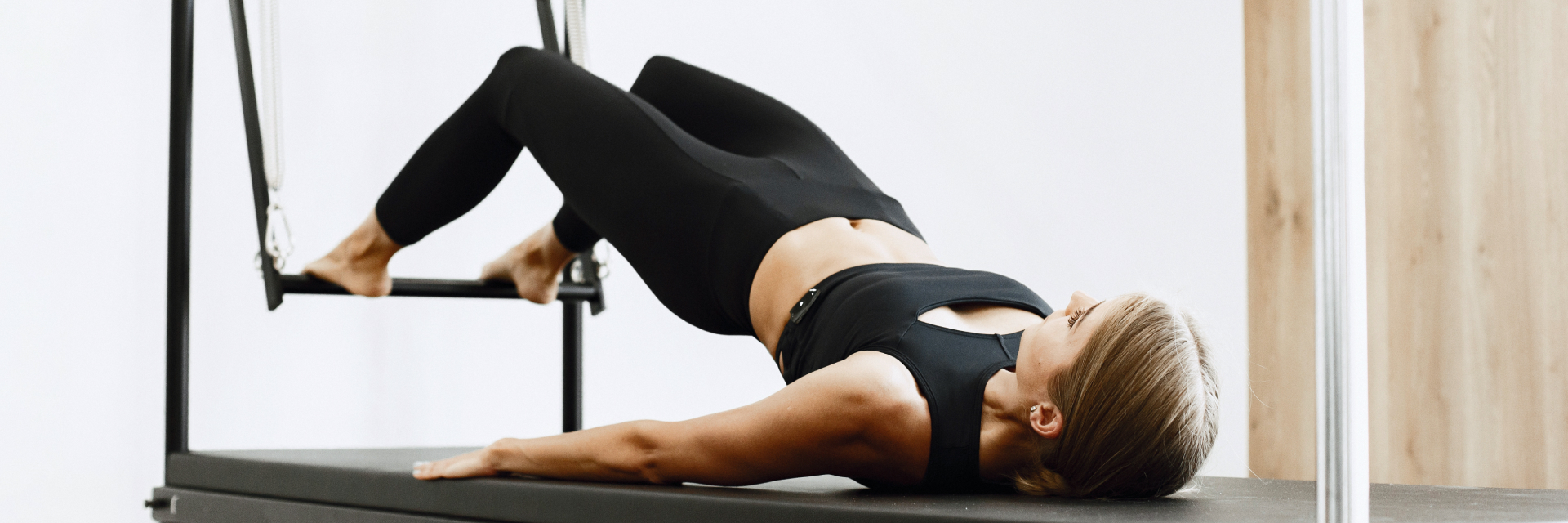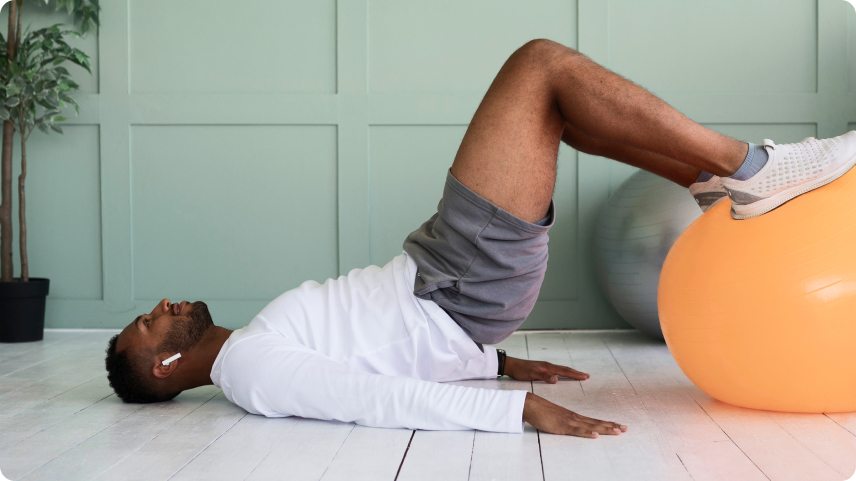What do you think about when you hear the words “strong core”? Chiseled abs? Being able to hold planks for five minutes? While all of these can be goals you’re working towards, a strong core doesn’t have to mean showy washboard abs. Working on core strength is not just about aesthetics – rather, it can lead to an overall boost in performance and a better quality of life. So, if that’s one of your goals, we’ve got a super easy way you can do it that requires minimal time and no equipment.
Sounds good? Let’s dive in.
Kegel exercises – a hidden gem for core strength
Good core strength is key to a healthy life, as our core supports our daily movement. Whenever you stand, rotate the torso, or even bend down to pick up a sock, you’re using the muscles of your core. Many people associate the abs with the core, however, there are many more muscles in play, including those in the pelvic floor region.
Kegel exercises train that last group of kegel muscles that many people don’t even think about. Combining them with standard core training you might already do can help you strengthen the core and support your well-being.
Who can Kegels benefit?
Kegels have benefits for men and women alike. Additionally, kegel exercises for women can improve concerns that arise with post-partum, and kegel exercises for men can improve concerns arising with age. These may be things like when sneezing or lifting heavy things causes leakage. Kegel exercises for women who are preparing for pregnancy or those who have just given birth can be especially exercises. Kegel exercises for men can support those experiencing issues with urination or those wanting to improve their sexual performance.
How frequently should I do it?
As with any exercise, the main thing is consistency. Ideally, you should be doing a round of kegel exercises daily, however, if that’s not yet manageable, stick to a goal of 3-4 times a week.
The great thing about this exercise is that you can do it anywhere, at any time. When you’re sitting in front of the TV, standing in line, or even straight after you wake up, squeeze in a few rounds of Kegels and your core and pelvis will say thank you.
Remaining consistent, combining them with other core exercises, and looking after your overall fitness and nutrition can help you get the strong core you want. Should you need some help with the latter, consider adding a multivitamin to your routine, which will provide you with all the micronutrients you need to stay strong and active.
For high-performance athletes, our Vitamen and Vitawomen vitamins provide great doses of key micronutrients alongside additional herbal extracts that support recovery and reproductive function. Daily Max Men and Women are great formulae for those wanting a simple but effective combination of daily nutrients in their most bioavailable forms. Balance for Women and Balance for Men are ideal ways to support your health and performance – the additional beneficial omega-3s can help make a difference in your recovery.

Golden 7 Protein Blend

Special Mass

100% Golden BCAA
How to begin with Kegels?
How to do kegel exercises can be the first question. To commence, you’re going to attempt is to figure out where your pelvic muscles are positioned. To do so, try to mimic stopping escaping gas. When you go to the bathroom, you can stop a stream while urinating. If you can feel a squeeze in the back of the pelvis, you’ve located the muscles!
Now that you know how it feels, it’s time to try kegel exercises:
- First, play around with positioning to understand where you feel the squeeze most – that can be while you’re sitting, laying or even standing
- Then try squeezing your muscles for a period of up to five seconds.
- Let go, relaxing, while counting to five
- Repeat steps 2 and 3 for a few rounds. It’s a great idea to start it at 10, but as you improve, you can attempt more, up to 40 or 50 rounds. Alternatively, to up the intensity, hold for a longer time, for example, 10 seconds.
While you’re contracting your muscles, pay attention to activating solely the pelvic muscles – avoid recruiting your glutes legs, or even abs. Breathe normally. Don’t overdo it – start small and increase the intensity.
Should you want a challenge, you can try different variations of Kegels. Try quickening your pace with quicker squeezes. Alternatively, squeeze harder as you keep holding your Kegel. Finally, you can also try doing kegel ball exercises or using weights to challenge you further.
How do you know if you are doing Kegels correctly?
One of the most important parts of how to do Kegel exercises with correct form is being able to squeeze the right muscles. If your muscles feel like they’re stopping a urine stream by squeezing, then you’re using the right things. If instead, you’re feeling squeezed in the abs, glutes, or even in your quads, you might be using the wrong muscles. Also, make sure that you’re able to breathe throughout the exercise, and that you’re not holding your breath at any point.
Other things to watch out for are:
- Feeling like you’re pushing when you contract
- Not relaxing your muscles
- Incorrect posture
Don’t be afraid to reach out to a pelvic floor specialist to help you with your technique!
Why am I having trouble doing Kegel exercises?
If you’re not feeling Kegels even after adjusting your practice, it may be that your muscles are just too weak at this point. Alternatively, you may have some nerve damage in the area. Reach out to a specialist or a doctor, and they’ll be able to advise you on what to do and how to do kegel exercises in a way that suits you.
How long does it take to notice changes?
If you’re consistent with your practice, you can see changes in your pelvic floor strength and your core strength within about 6-8 weeks. But do remember – it requires patience, discipline, and the correct form.
Safety Tips
Kegels are typically a very safe exercise, but there are a few things to keep in mind. One of the most important things is to not do Kegels while you are urinating. This may set you up for UTIs. Don’t overdo kegels. Finally, remain consistent for best results!
A strong core is a fantastic way to improve posture and mobility, and Kegels can support the health of your pelvic region. There are many ways to help strengthen your core, but Kegels are a great option for those low on time. You can do the exercises anywhere and you can progress as your core and pelvic floor gets stronger. Happy Kegeling!








